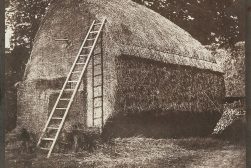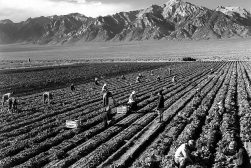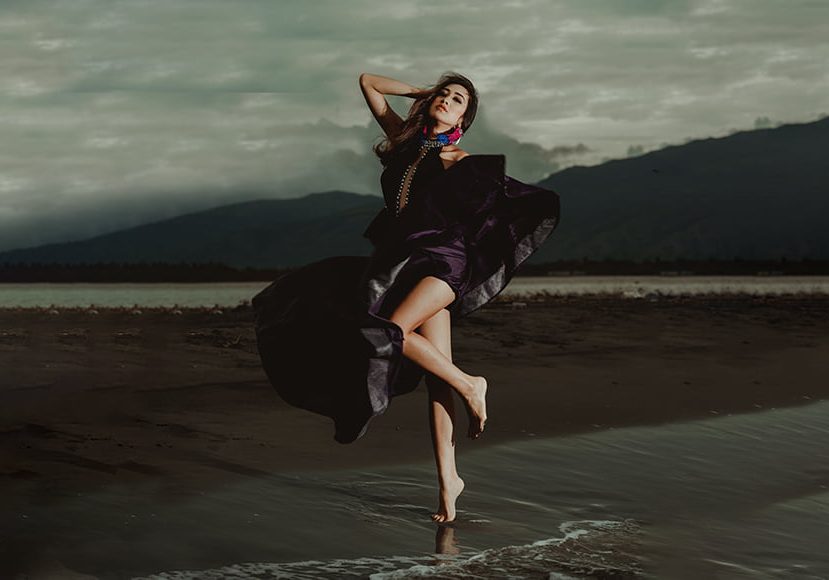
Guide to Dance Photography
Interested in dance photography? This guide covers what it is, how much you can earn, plus our 13 best tips for nailing it. Read on!
Learn | Photography Guides | By Ana Mireles
Dance photography can be a very evocative genre. It brings together two art forms to create some amazing results.
It combines the beauty of the human body, the energy of movement, and the passion of the subject.
Of course, it doesn’t come easy as you have to master techniques from action photography to portraits to events photography.
Not to worry though: this article aims to help you take your first steps into the dance world – and to keep improving with every set of dance photos you take.
Ready to get started?
Table of Contents
What is a Dance Photographer?
Put simply, it’s a professional that takes pictures of dancers. He or she can specialize in performances or events which means photographing the dancers on stage and backstage.
Another area of expertise is dedicated to posed or studio images. These are portraits of the dancers in the studio or on location. Normally these photos are created for the dancer’s portfolio.
Merging both specialities is also popular, meaning that the dancer will perform specifically for the photo shoot. In this case, the use of flash on stage is allowed.
There’s also do-overs of a scene or choreography to capture them in the best way possible.
-
How Much Does a Dance Photographer Make?
This is always a difficult question to answer, but it’s also one of the most frequent questions people ask before deciding to specialize.
The rates can be very different from country to country. They’ll also differ depending on if you work exclusively with artists and big theater photography companies, or if you photograph the recitals of local studios.
Aaron from Dance Studio Photography in Texas shared his figures to shed some light on this. He generates $100,000 from his work at dance schools, which is already an impressive number, but he doesn’t stop there.
On top of that, he makes another $1,000 – $3,000 selling performance photos online, plus $3,000 – $10,000 photographing professional competitions.
Finally, photoshoots for dancers’ portfolios can range from $300 to $1,000 per session – just multiply that by the number of photoshoots you can book.
This is just one example to show you how it can be a six-figure business.
Bear in mind that it will take time and experience to build up to that level. The website ZipRecruiter reports an average annual income of $42,462 for a US-based dance photographer.
Check out how much professionals in your area charge for their services so that you can position yourself in the market.
13 Famous Dance Photographers
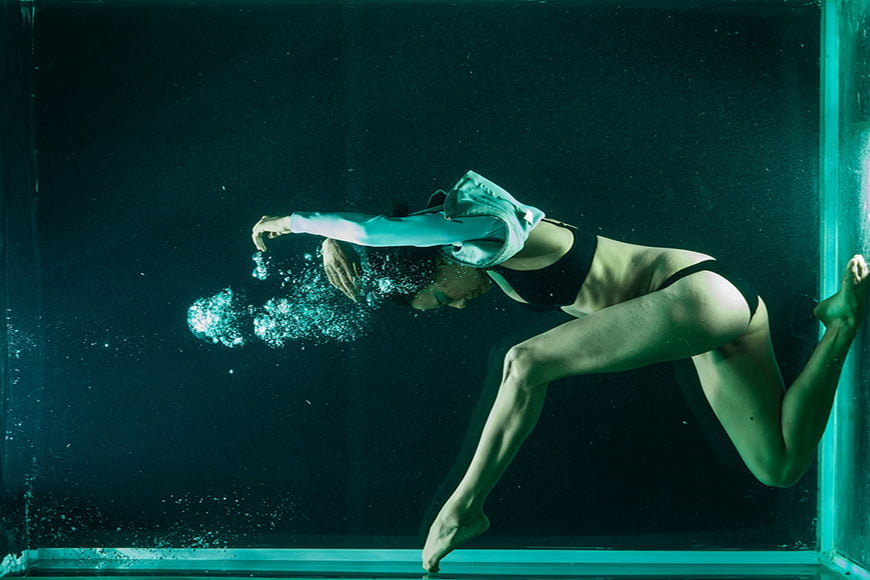
Credit: Engin Akyurt
This list could easily be very long, as there are many amazing photographers out there. These are my 13 favorites:
1. Gordon Anthony – Best known for his ballet photographs. He published the first color photography book in England entitled Studies of Dancers.
2. Lois Greenfield – Captures the emotion and dynamics of the human body. She turned dance photography into an art form that is popular both in museums and in commercial assignments.
3. Kelly Pratt and Ian Kreidich – Founders of the project Dancers & Dogs, which pairs ballet dancers with adorable dogs to make this type of dance more approachable to people. The results are as sweet as they are successful.
4. Claire McAdams – Although she shoots dance photography in live performances and in the studio, her most unique shots are done underwater.
5. Gabriel Davalos – He is a Cuban photo reporter. Drawing on his background, he puts storytelling into his photographs of dancers on the street. While it’s quite a competitive genre, he manages to stand out.
6. Eric Paré – Combines light painting with dance and portrait photography; a trend that has become very popular. He also specializes in bullet-time photography.
7. Derrick Senior – American creator who does high-speed dance photography. By combining powder and flour with motion, he creates amazingly ethereal pictures.
8. Gene Schiavone – He works for the American Ballet Theater and has taken portraits of many famous dancers including Natalia Osipova, Maria Kochetkova, Alina Cojocaru, and more.
9. Jordan Matter – With millions of followers on Instagram and YouTube, he inspires people around the globe. His photos are beautiful and original.
10. Ira Yakovleva – Russian dancer who jumped to the other side of the lens. Her own training and experience as a dancer makes her relate to her subjects and understand how to portray them.
11. Lois Greenfield – Conceptual author. Her photos are often the perfect symbiosis of both art forms: dance and photography.
12. Rick Guest – He uses strobe lighting techniques to capture motion and make dynamic dance photos.
13. Dane Shitagi – Creator of the ballerina project, a collection of photos from over 18 years of work that highlights world-renowned ballerinas. The project was published as a book, but you can also follow the Instagram account.
13 Dance Photography Tips
It doesn’t matter if it’s your first photoshoot or if you’ve been at it for a while and want to up your game – these tips can help you to capture dancers in the best possible way.
1. Photograph amateurs
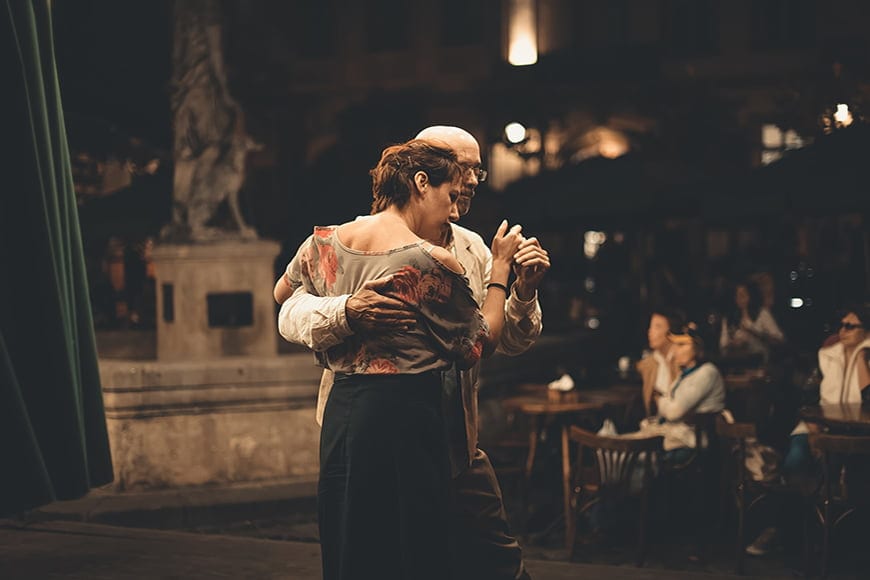
Credit: Maksym Kaharlytskyi
Practice makes perfect, and fortunately, in dance photography, you don’t have to wait for a professional job to keep your muscles flexed.
There are amateur dancers everywhere. From weddings to a nightclub dance floor, from street performers to your daughter’s ballet recital.
Freezing the movement or deliberately capturing motion blur, finding the right angle, capturing the emotion… these are all things that you can practice even if the subject is not professionally trained.
Doing this will also help you build your photography portfolio.
2. Use a wide aperture
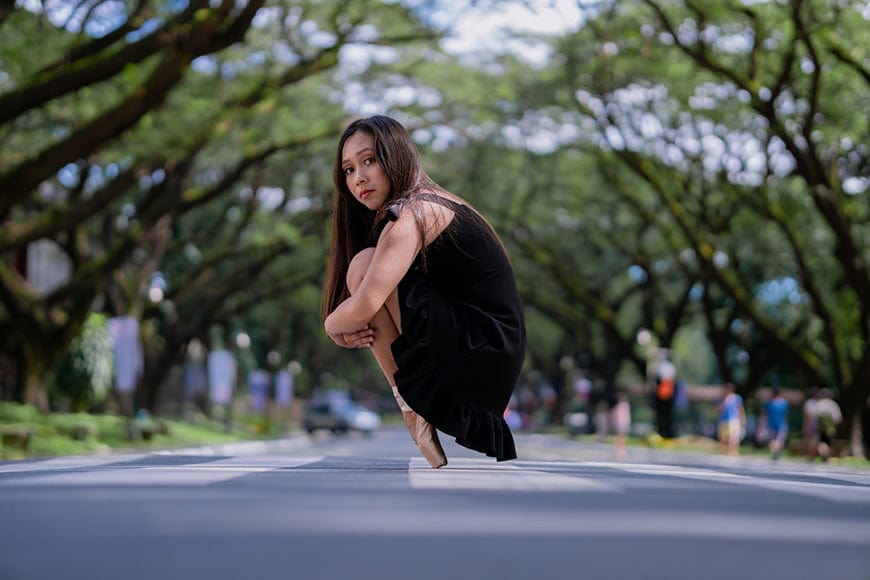
Credit: Jansel Ferma
If you’re photographing a live performance, then you’re going to be facing low light situations almost every time.
You’ll need a wide aperture to let more light in while you use faster shutter speed to freeze the movement of the dancers.
If instead, you’re doing a posed dance photo session, the wide aperture is still necessary – just as it is for any type of portrait photography.
Unless you want to include the background as part of the concept, the best idea is to blur it in a way that makes the dancer stand out (i.e. create a bokeh background).
Prime lenses usually have wider apertures (e.g. f/1.4) which will work well for portraits. Zoom lenses, on the other hand, will give you more versatility for theaters and performances but usually have a maximum aperture of f/2.8.
(See: prime vs zoom lenses.)
Either way, by opening up the aperture, you can use a faster shutter speed that will keep your photos sharp and free of camera shake.
3. Experiment with long exposure
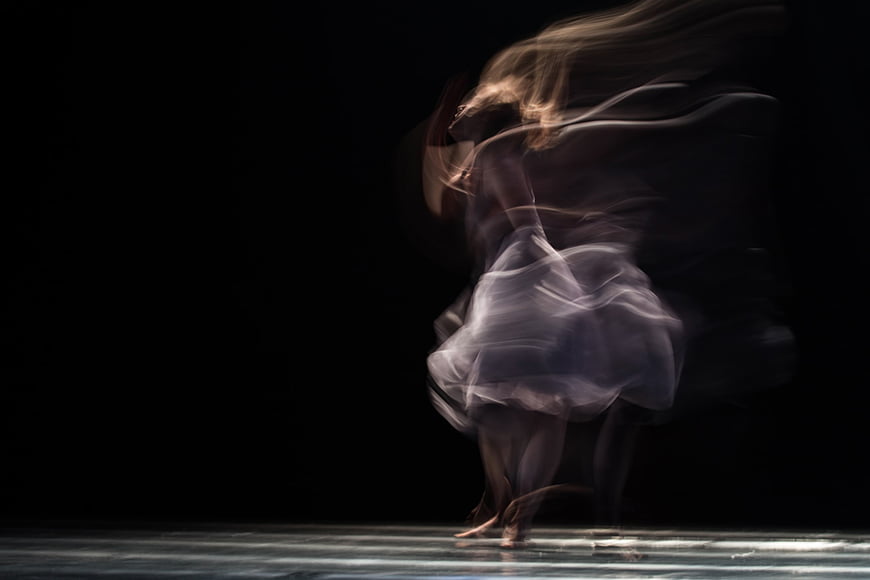
Credit: Ahmad Odeh
Movement is one of the key aspects of dancing. It’s important to have the shots where you’re freezing that movement, but also to include some motion in other pictures.
When you leave your shutter open for a longer time, the sensor (or film) will capture the trail of the dancer’s movement creating a surreal and beautiful image.
Next time you’re taking dance photos experiment with motion blur. You’ll be amazed at the beautiful effects you can create with a slower shutter speed.
Just make sure to use a tripod to avoid camera shake.
4. Use back-button focus
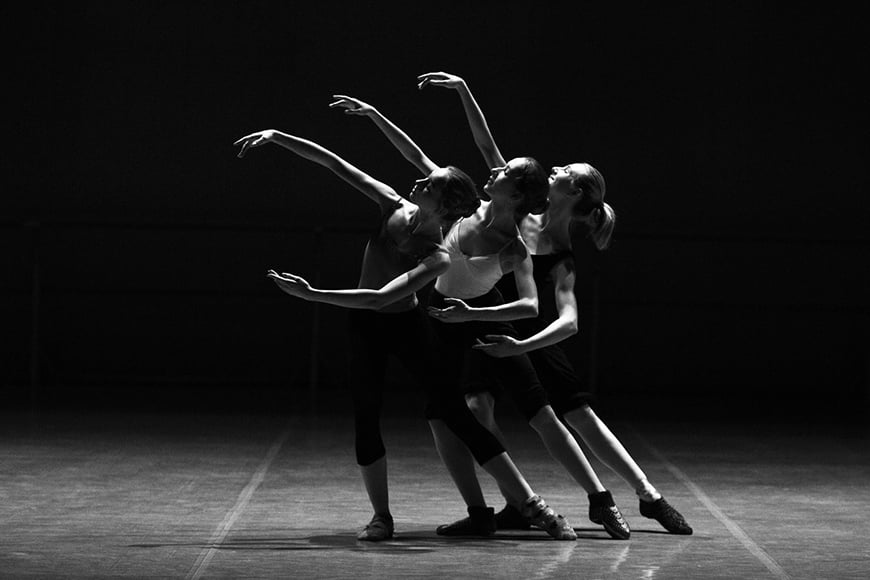
Credit: Pixabay
Many photographers prefer to use autofocus mode. That’s great, but if you’re not doing it already, you should give back-button focus a try.
At first, it will be difficult to get used to, but you’ll see that separating the focus from the shutter will make your life easier.
5. Try silhouettes
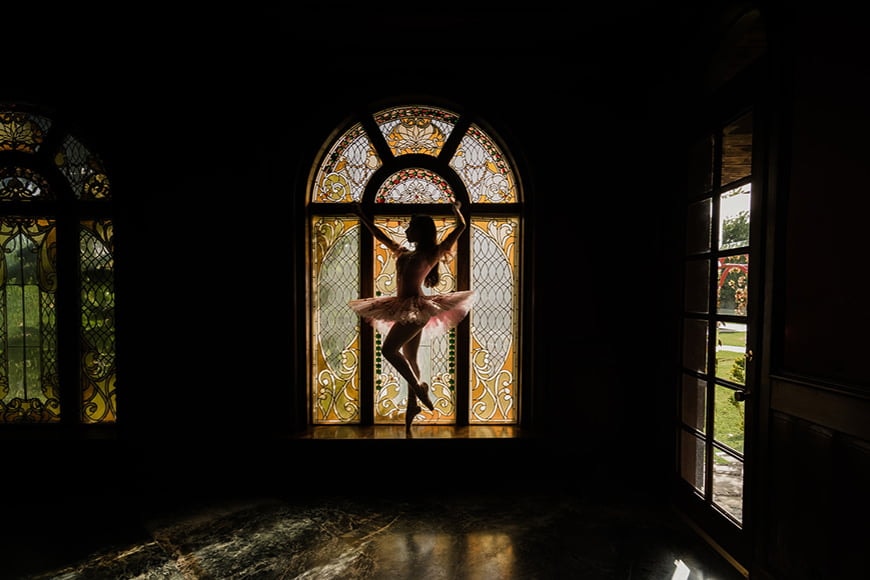
Credit: Laura Gomex
Dancers have amazing bodies and their movements create naturally graceful and elegant figures.
A good way to make use of that fact is by doing some silhouette shots. Place your dancer in front of a light source and see what interesting shapes you can capture.
6. Find interesting backgrounds
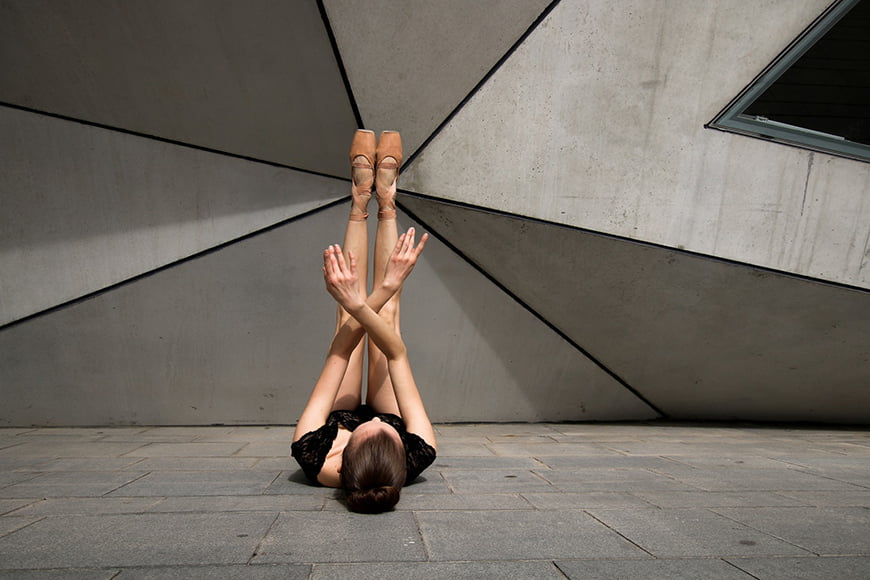
Credit: Liel Anapolsky
When you photograph a dance performance on stage, often you’ll have a dark background that will make your subject stand-out.
However, when you’re in a photoshoot, you can get creative with the background. Find something that compliments the dancer’s body and matches the type of dance.
7. Photograph details
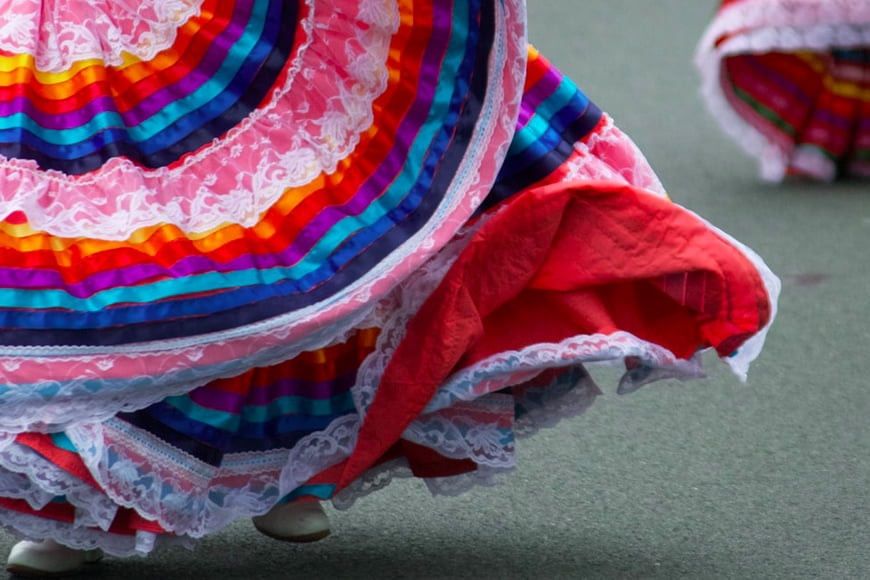
Credit: James Lee
Often the type of shoes, the costume, or a specific accessory is an essential part of the dance itself. This is the case for the castanets in Flamenco, the waist accessories for belly dancing, or the colorful skirts in Mexican traditional dance.
Talk to the dancer and understand what’s important, what has a special meaning, and what things you should focus on. Then, remember to take some close-up shots.
8. Add interest to quiet situations
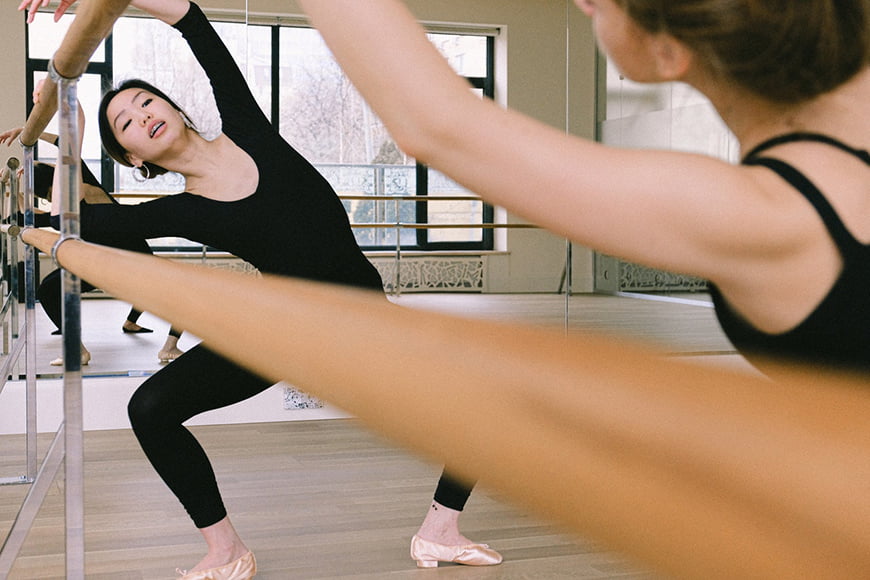
Credit: Anna Shvets
Dance performances are already curated for lights, scenery, costumes, etc. And professional dancers already have the body and positions to make the photographs interesting.
But what about amateurs or children’s lessons?
It can be difficult to find variety in your photographs when you work with beginners during lessons. The settings are not particularly interesting and the movements won’t be very dynamic.
What you can do is to change your angle of view and experiment with composition (always making sure you’re not in the way, of course!).
Also, try to capture emotion in your photos. Remember the dancers aren’t pros, so they’re doing it to have fun, challenge themselves, or pursue a long-lost passion.
9. Stay at a proper distance
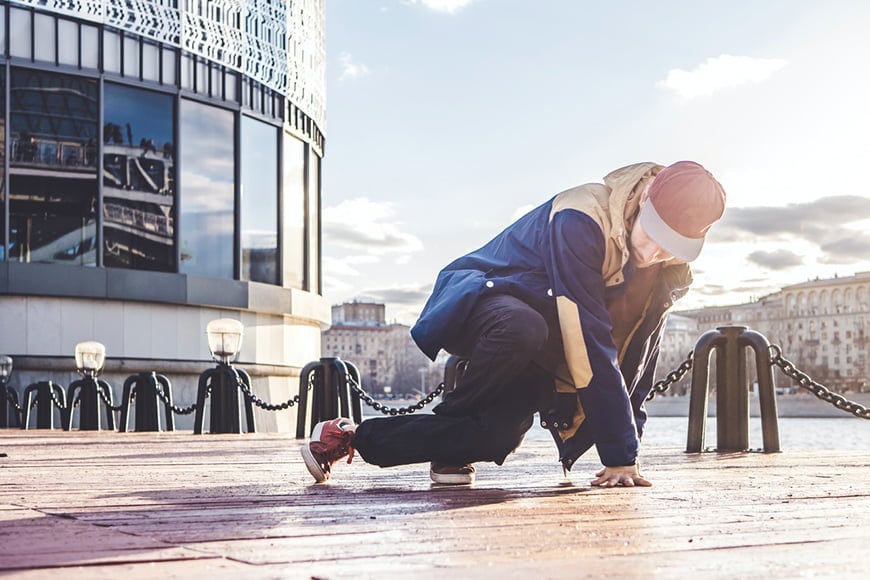
Credit: Mike
It can be easy to lose track of where you are if you’re moving while you look through the viewfinder. However, it’s very important that you’re aware of your subject’s movements.
You should never be in the way and you shouldn’t intrude on their space. It’s better to bring a telephoto lens with you if you want to capture close-ups and details.
10. Talk to the dancers and crew
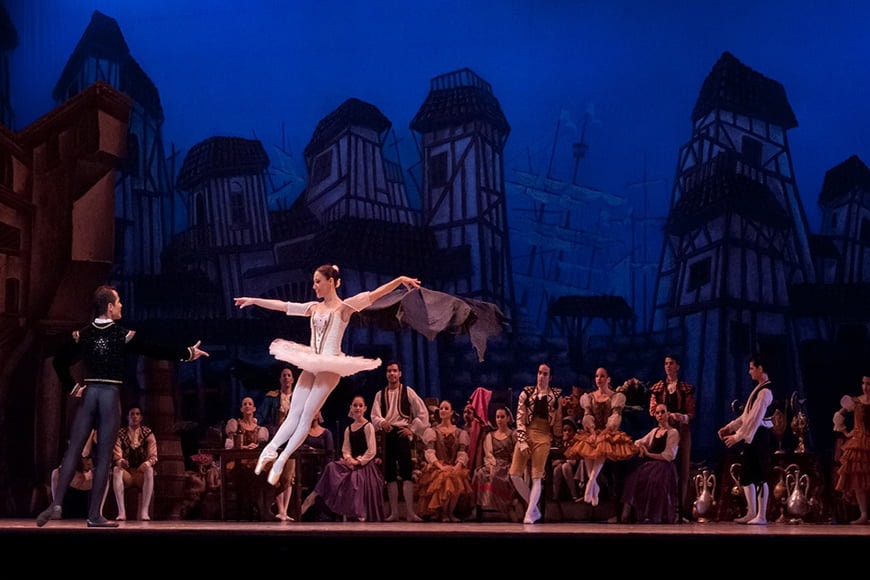
Credit: Pixabay
Talking to the dancers to understand what they want to communicate is important in every type of dance photography.
If you’re shooting a live performance, then you need to talk to the crew as well. Speak with the director to get an idea of the concept and/or story of the performance.
The choreographer can tell you how the dancer will be moving on stage in a way that you can anticipate the moves for composition and framing.
Also, the lighting designer and technicians are essential for your job given that, as a photographer, you work with light.
11. Photograph their rehearsals
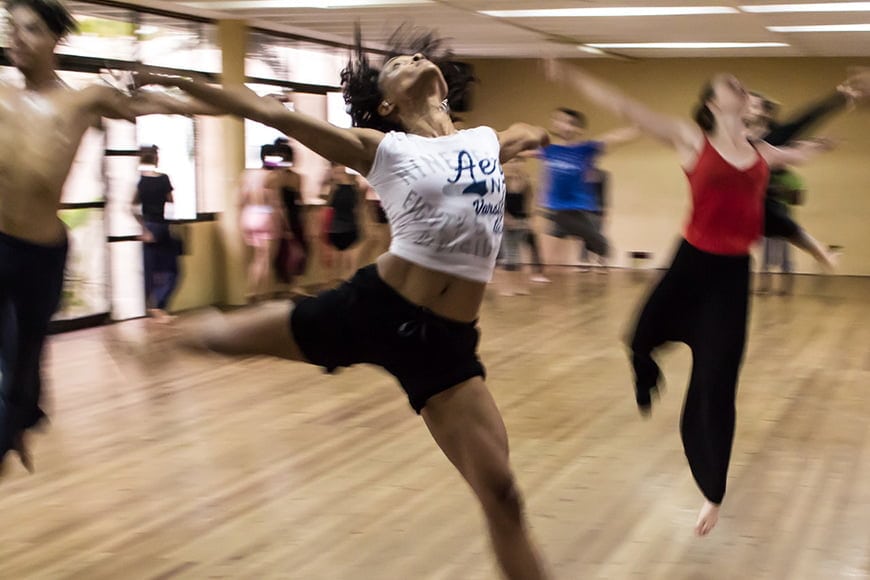
Credit: Michael Zittel
Dancing is not only about the big performance. There’s a long path that leads up to that moment.
Dancers dedicate a lot of time and effort into getting in shape, preparing new shows, learning choreographies, etc.
Making a photo session in one of their practices will help you to capture the complete story. It’s also a great way to show another side of them.
They’ll often be more relaxed and wearing comfortable clothes, and you can take some nice spontaneous pictures that you could never get when they perform on stage.
12. Don’t forget about the backstage
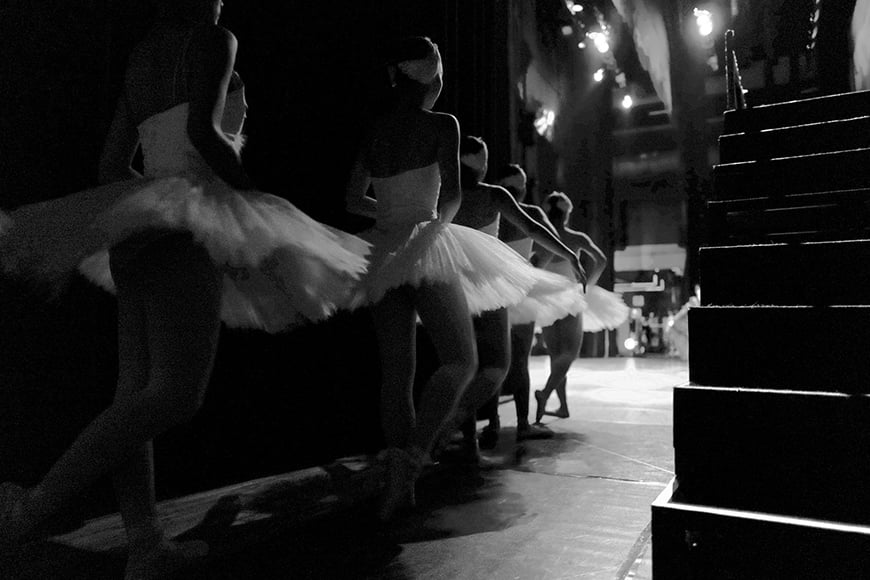
Credit: Kazuo Ota
The rush before going on stage is one of the most interesting moments to photograph when you work with performers.
Everybody is excited and at the same time concentrating and getting ready. The candid expressions and emotions that you can capture are not to be missed.
13. Showcase their skills
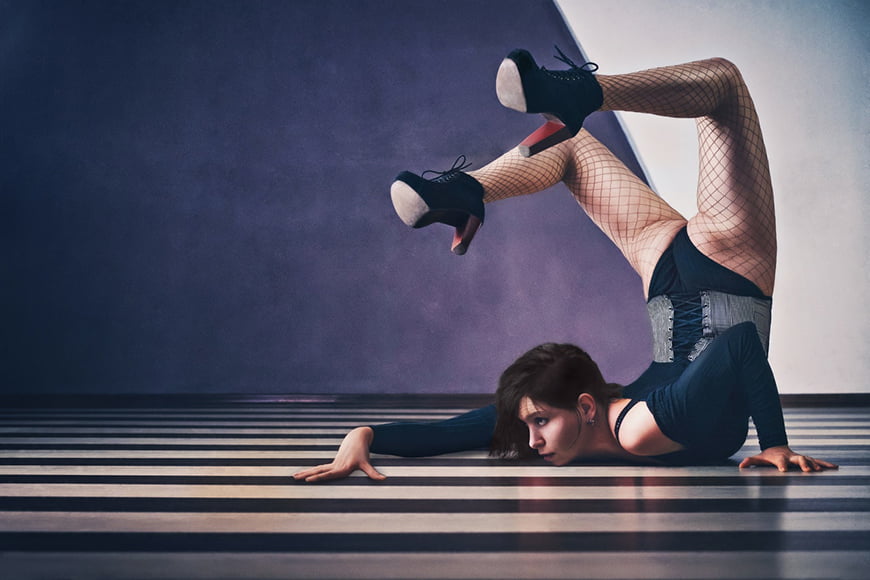
Credit: Pixabay
Dance is an art form, it’s often conceptual, and it’s something that performers work on many different levels.
Dancing is about movement in space, the limits of the body, and the emotion of performing. Your photos should help convey that power and showcase the skills, efforts and accomplishments of the performer.
How Do You Edit Dance Pictures?
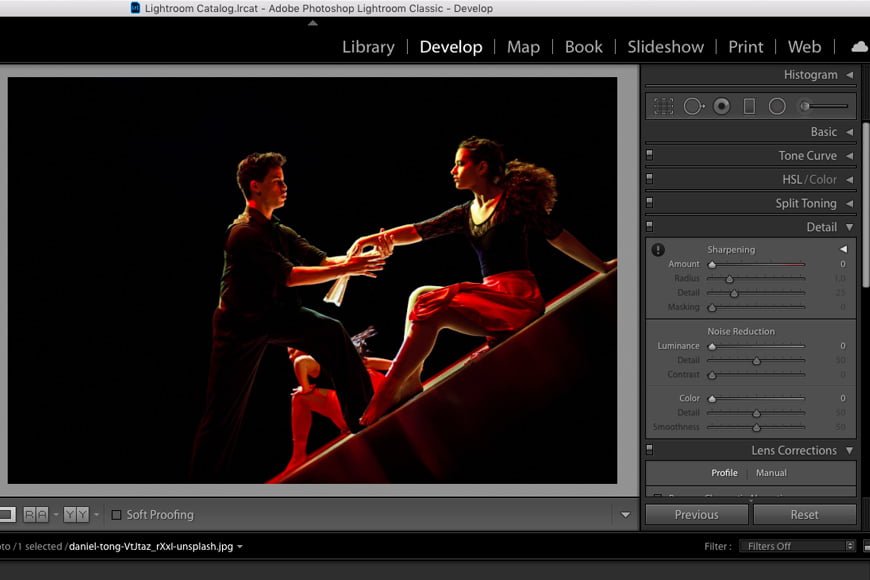
Credit: Daniel Tong
When you take a picture of a dancer, it’s often under low light situations. That’s why one of the most needed edits is sharpening.
Noise reduction can also be useful since you probably have to use a high ISO sensitivity. Lightroom is great for this type of edit; just be careful not to lose too much sharpness.
Dancers are constantly moving and the action can get very fast (depending on the type of dance). That’s why you’ll probably have to crop your photos to find better framing and composition.
For the rest, it’s just like any other photograph. Correct the exposure if necessary, and add your personal style to it.
See our guide to the best photo editing software for some info on choosing the right tool to edit your images.
Dance Photography FAQs
How do you take good dance pictures?
As per the tips above, a good place to start is by getting to know the style of dance and the dancers themselves. From there, master your camera settings – especially necessary if you’re photographing performances in low-light situations. Then it’s a matter of experimenting with different angles and photography styles to get the kind of compositions you want.
How much do dance photographers make?
ZipRecruiter reports an average annual income of $42,462 for dance photographers in the US. That said, some photographers report six-figure incomes, so it all depends on what you’re shooting, your experience level, and your business model.
How do you photograph dancers in motion?
If you want to freeze the dancer in motion, you’ll need a fast shutter speed. You can also pan the camera following the dancer to capture motion blur in the background. Another creative idea is to use a tripod and capture long-exposure photos, embracing the motion blur that comes from the dancer’s movements.
Final Words
To get into dance photography, you can start with friends and family, local dancing schools, or the dance floor of a local club. From there, it’ll be easier to move on to professional dancers.
Hopefully, you’ve found this article useful and inspirational. Go out and give it a try, and if you find a tricky situation, you can post your question in the comments below.
Also, feel free to share the best picture of dancers you’ve taken – we’d love to see your work!






